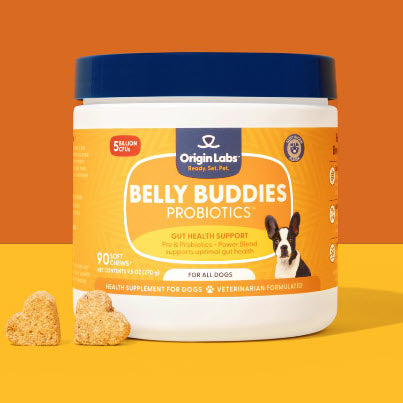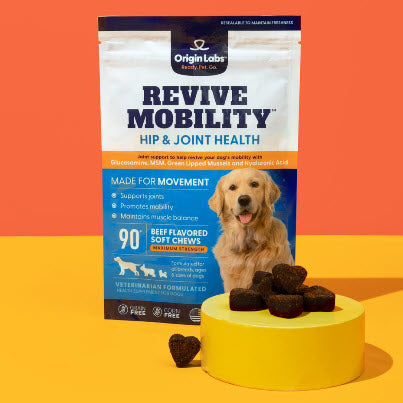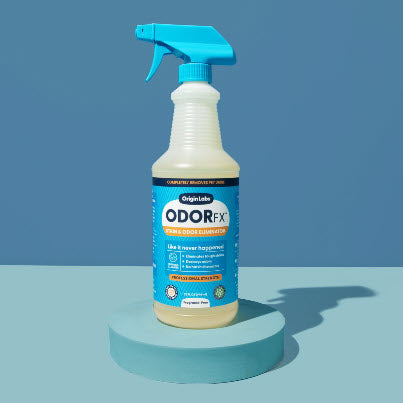It’s common for pet parents to change their dog’s food — whether due to age, allergies, or preference. But switching too quickly can upset their gut balance.
Why Gradual Change Matters
Your dog’s gut microbiome adapts to the food it receives. When new ingredients are introduced suddenly, it can create temporary imbalance.
Signs Your Dog’s Gut May Be Adjusting
- Loose or inconsistent stools
- Increased gas
- Changes in appetite
These are normal during transitions, but they can be minimized with a slow, steady approach.
How to Safely Transition Dog Food
- Days 1–3: 75% old food, 25% new
- Days 4–6: 50/50 mix
- Days 7–9: 25% old, 75% new
- Day 10+: 100% new food
Support During the Switch
Adding probiotics during food transitions can help maintain gut balance while your dog adjusts.
👉 Belly Buddies Probiotic Chews are formulated with multi-strain probiotics to help support stool consistency and overall comfort during dietary changes.
Extra Tips for Smooth Transitions
- Stick to consistent meal times.
- Avoid introducing multiple new foods at once.
- Provide plenty of water.
Bottom Line:
When it comes to changing food, slow and steady wins. Combine a gradual transition with daily gut support for a happy, healthy belly.








